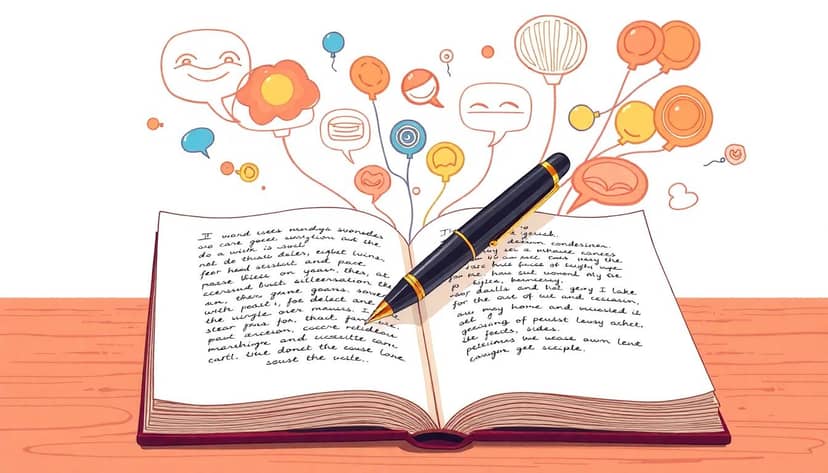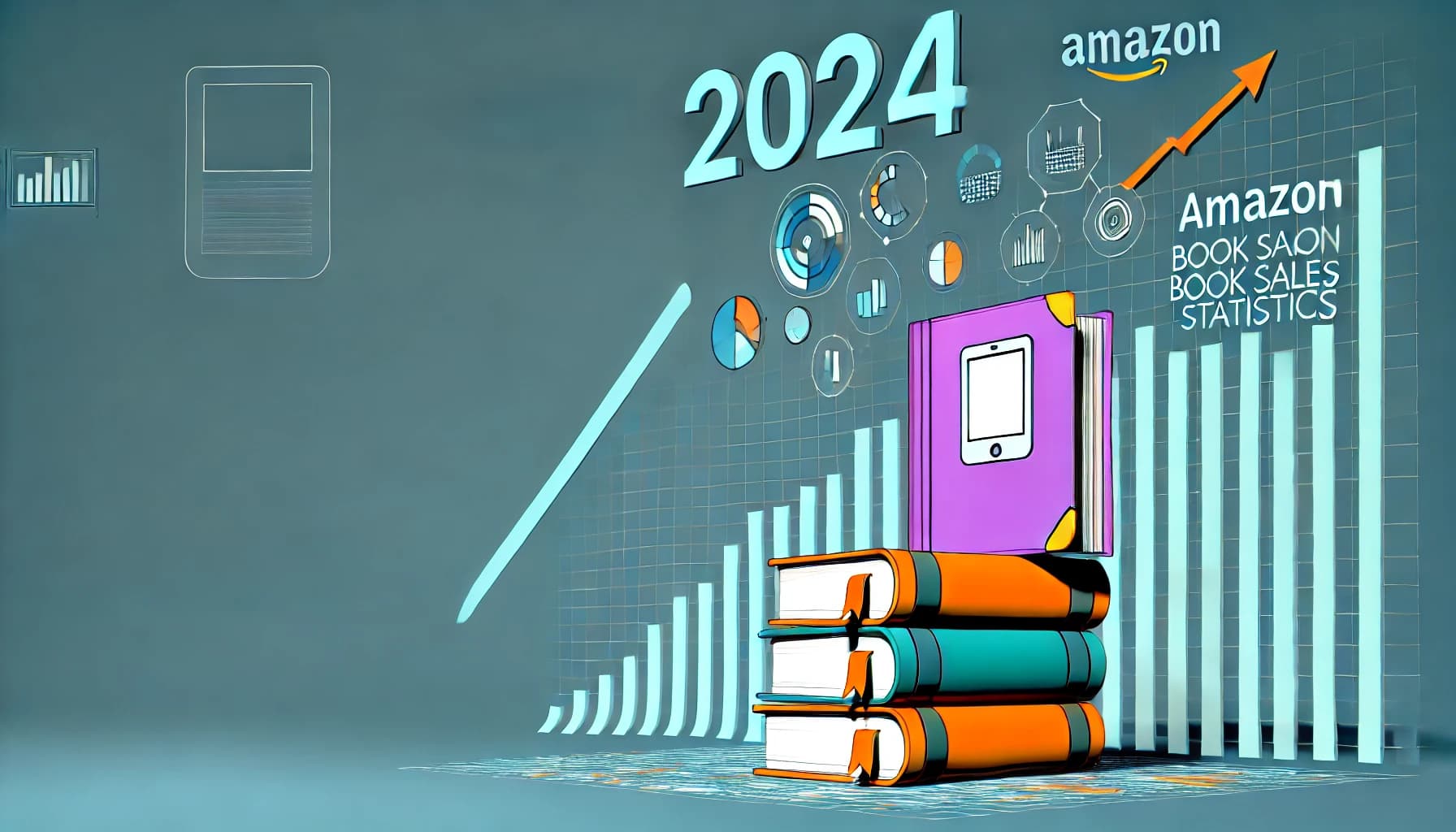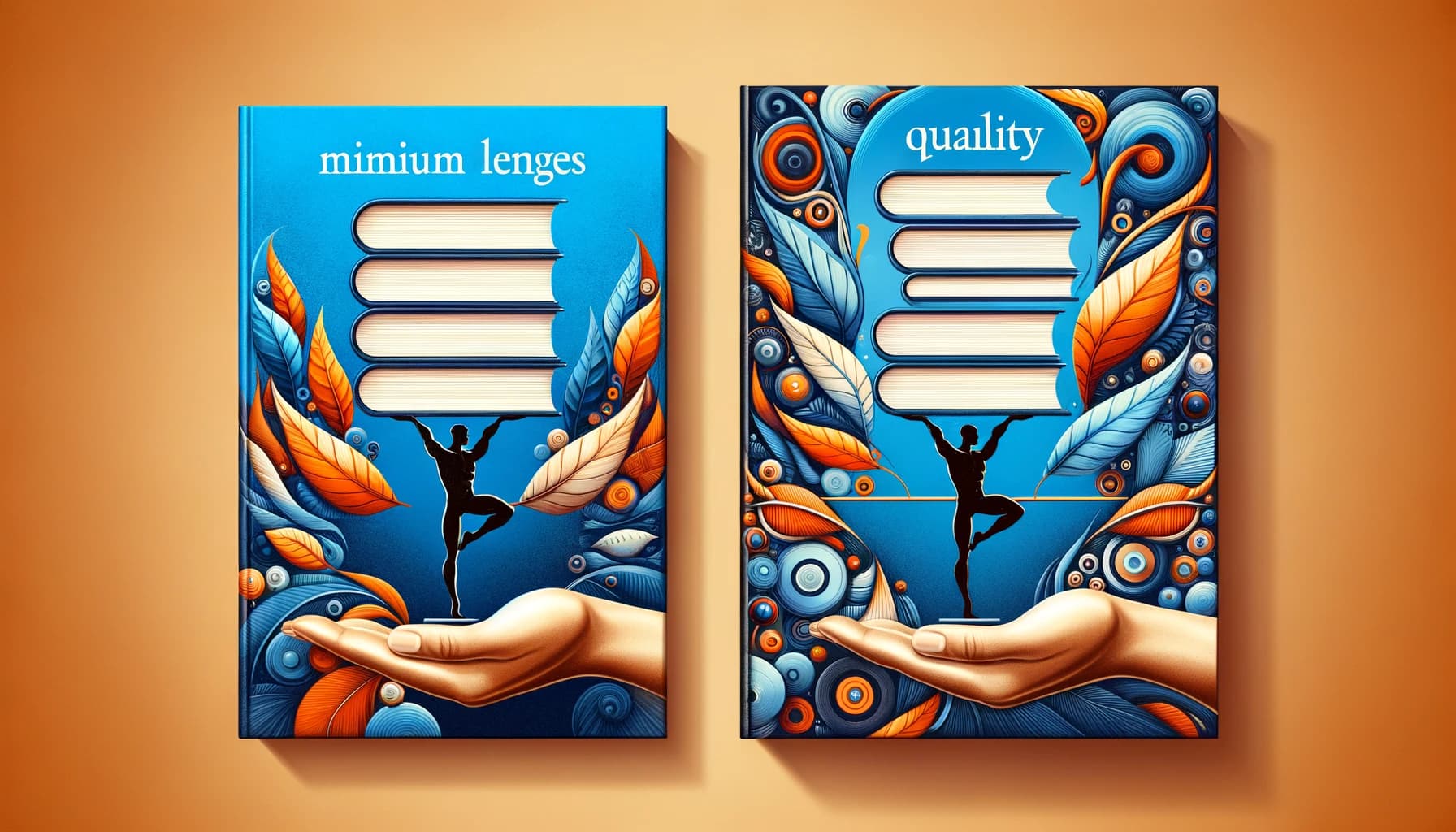Table of Contents
We’ve all struggled writing dialogue at some point—characters sounding robotic, exchanges falling flat, or conversations that go nowhere. It’s definitely frustrating when your characters talk but don’t really “say” anything meaningful.
But here’s the good news: with a few simple strategies, you can turn bland conversations into engaging dialogue that keeps readers hooked. Stick with me, and your dialogue will start feeling lively, purposeful, and even fun to write.
Let’s jump right in—I’ve got seven easy steps that’ll help fix your dialogue troubles for good.
Key Takeaways
- Make every line of dialogue move your story forward or show something meaningful about your characters—skip small talk.
- Give each character a distinct voice that matches their personality and background.
- Create depth by using subtext—characters often hint at more than they openly admit.
- Use mostly “said” or “asked” for dialogue tags; add in actions or gestures to enrich conversations.
- Add conflict and tension—good dialogue has people actively disagreeing or revealing emotional struggle.
- Keep conversations natural by writing dialogue that sounds believable when read aloud.
- Edit dialogue ruthlessly—remove unnecessary words to enhance readability and pacing.

Step 1: Write Dialogue with a Clear Purpose
Writing dialogue effectively means every line your characters speak should move your story forward or reveal something important about the characters themselves. In real life, people talk a lot—about 16,000 words every day, according to Jane Friedman—but in storytelling, it’s crucial to cut out idle chatter and focus on purpose-driven exchanges.
To give dialogue clear purpose, start by asking yourself: does this conversation reveal character traits, advance the plot, or introduce tension? If it doesn’t achieve one of these goals, it’s likely filler you can eliminate.
For example, instead of writing:
“Hey, how are you? Did you see the weather report this morning?”
“Yeah, looks like rain again, huh?”
Go for a conversation that immediately brings meaning or tension, like:
“Did you talk to him yet?”
“No. I’m still figuring out what to say…he’s been lying to me for weeks.”
This second example instantly signals conflict and intrigue, pushing your story ahead.
Step 2: Give Each Character a Unique Voice
You know how your best friend never sounds exactly like your boss or your grandma? Likewise, good fictional dialogue reflects different speaking patterns, word choices, and rhythms for each character.
To capture a distinctive voice, keep track of a character’s background, personality, and current emotional state. A teenager might speak in shorter, slang-heavy phrases, while a professor would likely use sophisticated vocabulary and complete sentences.
Try reading dialogue aloud as a quick check. If each line sounds different—matching the person saying it—you’re on track. Consider something like:
- A laid-back teen: “Chill out, man. It’s just one grade.”
- An uptight parent: “One grade makes all the difference for college.”
Small details in speech patterns bring authenticity and help your readers easily tell characters apart. Good variety in voices can elevate your stories, even if you’re writing without an agent or exploring personal projects.
Step 3: Include Subtext to Create Depth
Have you ever had that friend who says, “I’m fine,” but their stiff tone or crossed arms tell you the opposite? That’s subtext—when characters aren’t directly saying what they actually feel or think, which adds rich complexity to your dialogue.
Use body language, tone descriptions, and context clues to hint at a deeper meaning behind simple words. This technique creates tension, highlights hidden emotions or motivations, and keeps readers engaged.
Example:
“Are you really okay with working together on this?” she asked.
He glanced away, sighed softly. “Sure, it’ll be great.”
Here, the reader senses that he’s uncomfortable or reluctant without him outright saying it. Subtext like this feels genuine and intriguing, creating emotional layers your readers love. You might even want to use realistic dialogues as inspiration from sources like these realistic fiction writing prompts to practice infusing subtle meaning into character conversations.

Step 4: Use Effective Dialogue Tags and Actions
Dialogue tags are those little phrases like “she said” or “he whispered” that let the reader know who’s speaking, but they’re even better when used sparingly and creatively.
Don’t overload your pages with complicated tags like “exclaimed,” “declared,” “shouted,” or “commented”—stick mostly with simple ones like “said,” “asked,” or occasionally “replied.”
You want dialogue tags to be almost invisible, so the reader’s focus stays on the conversation itself.
To break things up, mix in small actions or gestures between lines of dialogue instead of repeating tags too often.
For example:
“I can’t believe you’d do that,” Marcy said, slamming her keys on the table.
Brian folded his arms. “It’s not what you think.”
This combination makes the interaction richer and more visual for the reader.
If you’re unsure how to format dialogue correctly, here’s a handy guide on how to format dialogue clearly and effectively.
Step 5: Create Emotional Tension and Conflict
If everything your characters said sounded like peaceful chit-chat, readers would instantly lose interest.
Tension and conflict are what make stories compelling; they help build suspense, reveal deeper motives, and keep readers turning pages.
To inject tension into your dialogue, set characters’ wants and goals against each other—this disagreement creates emotional friction naturally.
For instance:
“We’re moving to Denver next month,” Jess announced excitedly.
“Excuse me?” Anna stared at her sister, shaking her head slowly. “You can’t just decide this without asking me.”
Here, there’s a clash of expectations and desires that immediately raises the stakes emotionally.
Another way is hinting at hidden feelings or personal secrets without addressing them directly, making the reader eager to know more.
If you need inspiration, check out these great dystopian plot ideas that naturally blend conflict and emotional tension into their very structure.
Step 6: Make Dialogue Feel Realistic and Natural
Ever stop reading a novel because the dialogue felt stiff and artificial?
Yeah—me too.
Realistic dialogue means capturing the rhythm, tempo, and authenticity of real conversations, but stripped down to include only what’s important.
Since people speak about 16,000 words a day according to Jane Friedman, fictional dialogue needs to be condensed, choosing words carefully and reflecting truthful emotion.
Avoid using overly formal wording unless it’s part of your character’s personality or context, and read your dialogue out loud—if it doesn’t sound believable when spoken, it won’t convince readers either.
Also, include natural interruptions, incomplete sentences, pauses (“um,” “like,” “uh”) sparingly to give conversational authenticity.
But don’t overdo filler words—in fiction, a little goes a long way.
Example of realistic dialogue:
“Do you think—” she hesitated, biting her lip. “Nevermind, it’s stupid.”
“No, go on,” Alex said quietly. “I’m listening.”
This example uses simple language, hesitations, and natural interruptions just enough to feel genuine.
Step 7: Edit Dialogue to Remove Unnecessary Words
Editing is key for turning good dialogue into great dialogue.
Most first-draft conversations have extra fluff, repetition, or words that don’t serve an essential purpose.
Keep in mind that popular novels typically contain about 25%-35% dialogue, according to Marlowe AI Analysis (Anne Allen, 2024), making efficiency crucial.
So, after writing your dialogue, go back through and trim anything repetitive or self-explanatory.
For example, change something like:
“It’s absolutely freezing cold out here. I’m really freezing!”
To something concise like:
“I’m freezing out here!”
The tighter and cleaner your dialogue, the better pacing you’ll create, leading to easy readability and immersive storytelling.
Want more editing tips beyond just dialogue? It’s worth checking out some of the best proofreading software around—these tools help catch extra fluff and repetition so your dialogue stays crisp and engaging.
FAQs
Create distinct character voices by assigning each character unique speech patterns, vocabulary, and tone. Consider their backgrounds, personalities, and motives to build authentic dialogue styles, helping readers differentiate speakers without needing excessive dialogue tags.
Use indirect communication, hidden emotions, and intentional ambiguity within conversations. Have characters express one thing while meaning another, allowing readers to uncover deeper feelings and tensions beneath the dialogue’s surface, enriching your story’s emotional depth.
Review dialogue sentences for unnecessary filler words, expressions, or repetition. Remove anything that doesn’t add clarity or advance the conversation. Keep lines short and purposeful, maintaining a rhythm and flow that keeps readers engaged in the dialogue.



